5 Ways to Build Reading Fluency Now!
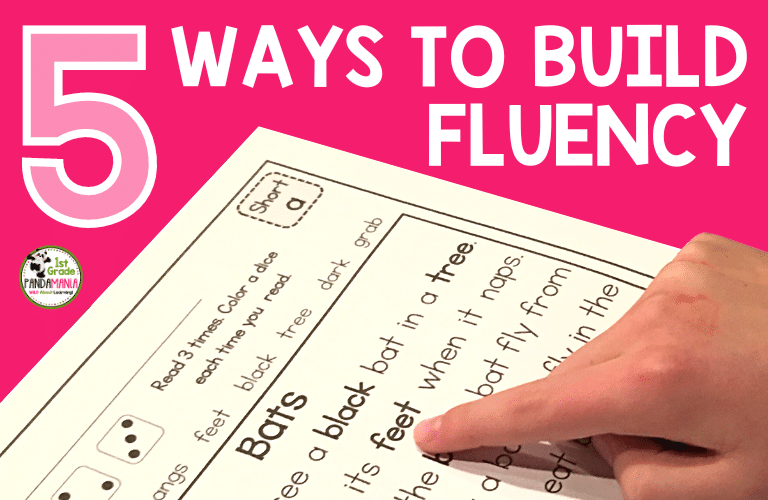
When a young reader is just learning to read, we expect to hear hesitations and pauses between words. Readers who continue to hesitate and pause have a harder time with comprehension.
Our job is to guide them along the path from having the struggles of a new reader to securing the fluency of a proficient reader!

If your students are still struggling with sound-by-sound blending and word attack skills, they are not quite ready for fluency building.
Not all students are ready for this skill at the same time.
Fluency building strategies should be started when students are proficient with their sounds and are already blending at least CVC (consonant-vowel-consonant) words automatically.
We use DIBELS Nonsense Word Fluency testing to determine readiness for fluency instruction.
…in their small group.
It is essential to move students along to the next goal as soon as they are ready so they are not delayed with their reading progress. Blending skills will continue to be practiced regularly in small group and in whole-group reading, but fluency will now be the main focus.
And let your students in on the secret of what their goal is. They need buy-in and ownership of their goal in order for them to succeed!
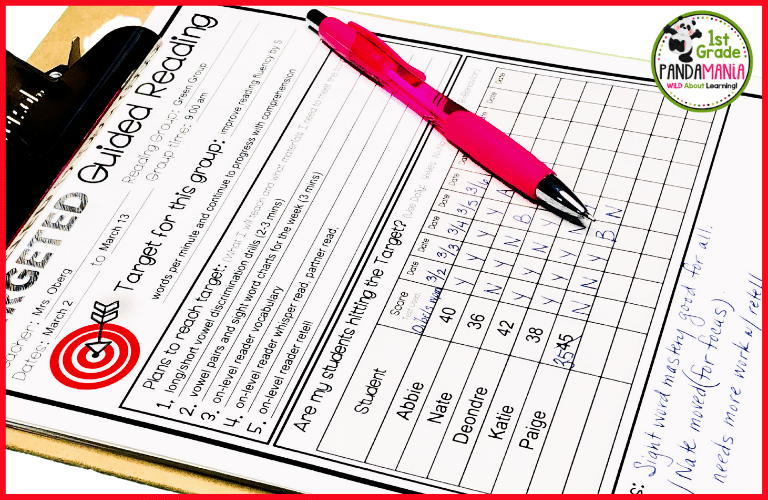
I use my must have Targeted Guided Reading Plan and Activities Resources for K-2 to plan out each guided reading group’s goals and activities for a 2-week period. Read more in-depth on how this reading plan works here!
-
Product on saleGuided Reading Lesson Plan Template and Resources K-2 Fillable FormsOriginal price was: $30.00.$10.95Current price is: $10.95.
There is also:
- Targeted Guided Reading Plan and Activities Resources for 3-5
- Targeted Guided Reading Plan and Activities Resources BUNDLE for K-5
These resources keep me organized and gives me activity ideas that are targeted for the skills each group is working on.
So, for those groups working on reading fluency, here are 5 activities for fluency to use during whole group and in small group to build reading fluency:

Increase Overall Time in Text
Reading center games are fun and engaging, but a balance of actual reading in text and center activities is a must. When students are reading above 25 words per minute, they are ready for at least 75% time in text. Sounds like a lot, doesn’t it? They should be spending less time with center games and more time in text (reading text).
Remember, our goal is to build reading fluency….
How do I build oral reading fluency?
- Whisper reading in whole group prior to choral reading
- Choral reading in whole group
- Say, “Red table read.” “Blue table read.” “Girls read.” etc.
- Partner reading in whole group, small group and centers.
- Partner reading during centers should begin at 10 minutes and build to 20 or more minutes at a time.
- In small group, quickly say, “Girls read.” “Boys read.” “Pumpkins read.” “Apples read.”
- In guided reading groups, have all activities for fluency ready so you just grab and teach. Students are not waiting for you to find what you need. More time in text!
- During centers, have lots of reading materials at their level available to them. Passages, decodables, leveled texts, etc.
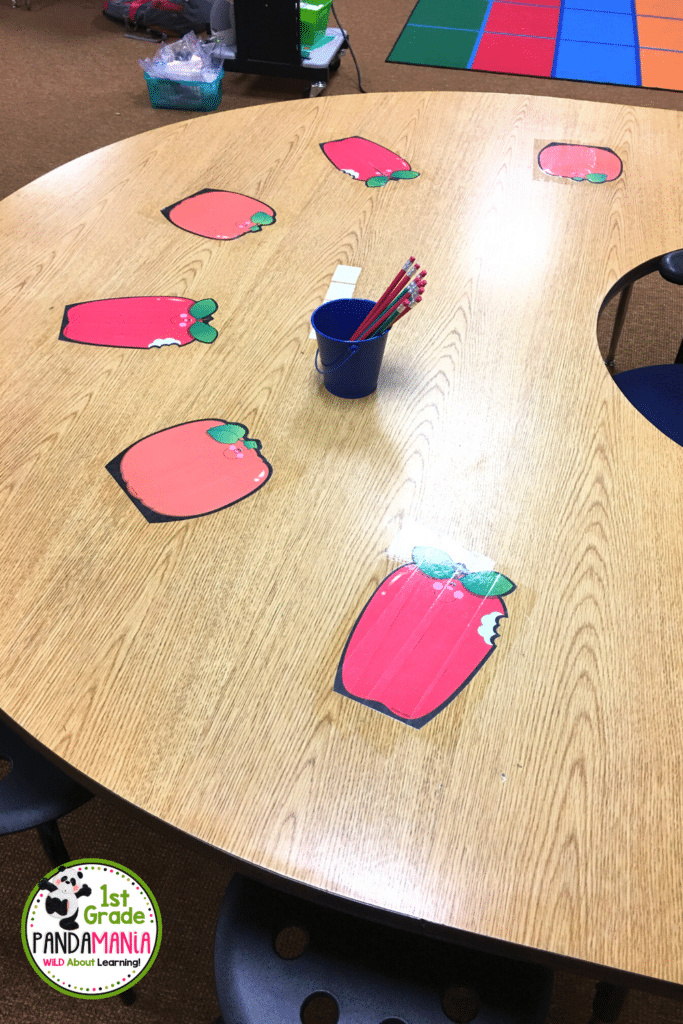
See my Must Do May Do blog that describes an effective and efficient way to run centers!

Allow for Repeated Readings of Text
Reading and re-reading text is a great research-based strategy for building fluency.
That’s why fluency pyramids are perfect for building fluency. Students read a sentence over and over by adding a word with each read until the sentence is complete. This repeated exposure to words helps to build accuracy, automaticity, and reading confidence.
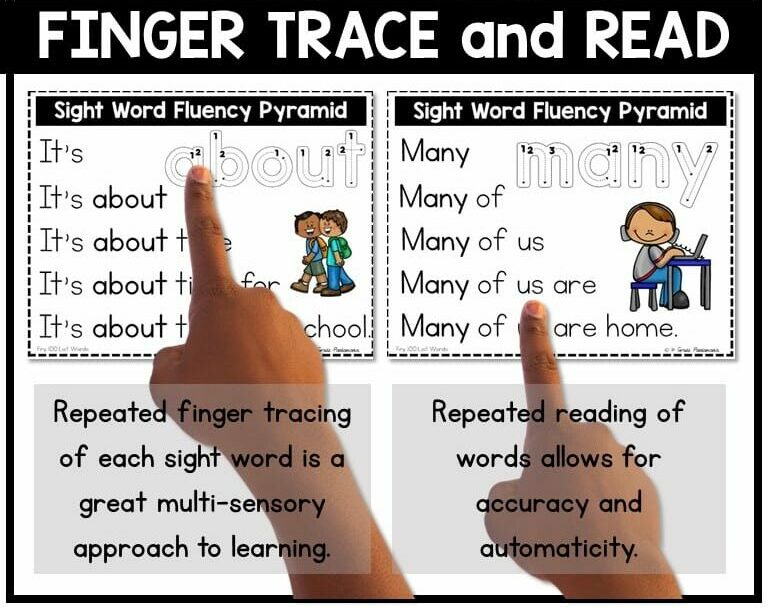


Using Reader’s Theater is another GREAT way to engage students and to allow for repeated reading of text. Finding scripts at your students’ reading levels and interest is easy and a great way to build oral reading fluency!
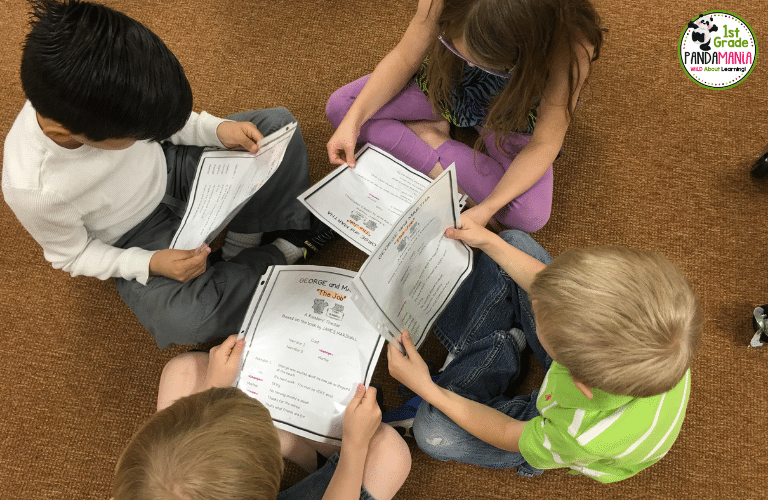
See ALL our Reader’s Theater Scripts HERE!
In the center baskets above, ALL of the books in their baskets are books they are already familiar with. (The only exception is for students reading above 65 words per minute. Those students may have books in their basket that they are unfamiliar with. Their goal is no longer fluency building. They are working mainly on comprehension skills.)
Re-read text in whole group by reading and re-reading the weekly anthology story. Re-read decodable readers by:
- whisper read
- whole group read 2 times
- partner read 2 times.
Then re-read the decodable again during small group. Include decodable readers in their center baskets for more partner reading. Then send home a paper copy for students to read 3-5 times at home.
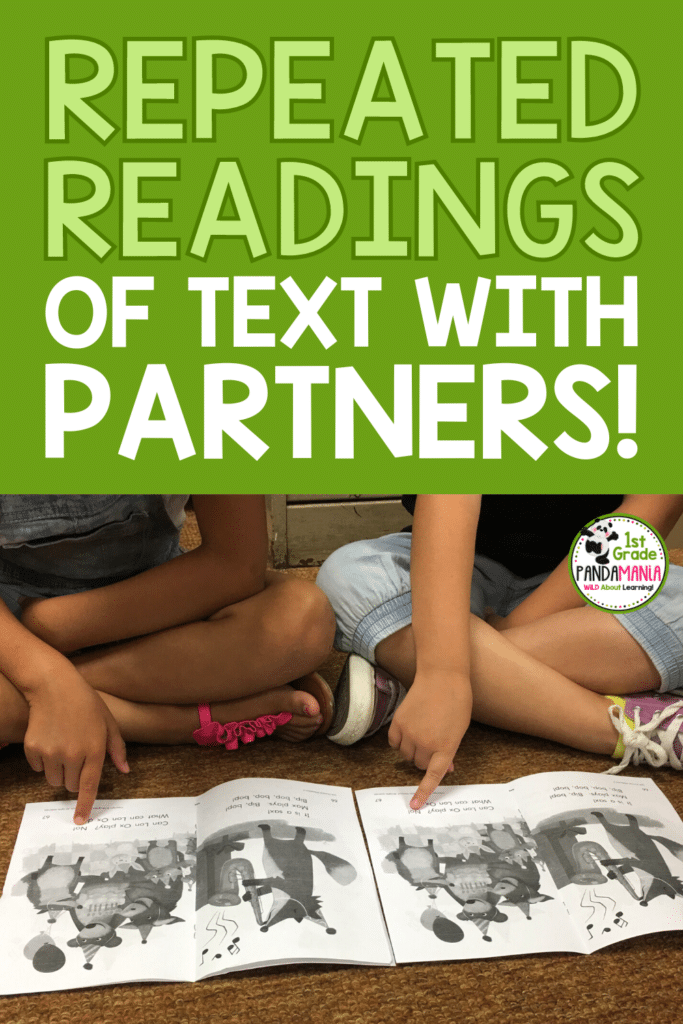
That is about 10 or more repeated readings of one decodable story!
Use these reading fluency passages daily and you are giving your students LOTS of opportunities for repeated reads! Read and re-read short passages. This is perfect for students who have short attention spans. Fluency passages that encourage repeated reads are one of my favorite activities for fluency. They’re perfect for fluency building and these sheets have students color in a dice after each read (up to 3 times)! They also practice the bonus words prior to reading.
Please note: These passages listed below are mostly NON-FICTION for greater interest!
Save $$ Get both Long and Short Vowel Passages in a Bundle HERE!
-
Product on saleFluency and Comprehension Passages with Long and Short Vowels BUNDLEOriginal price was: $9.00.$7.50Current price is: $7.50.
-
-

Establish Sight Word Fluency
Sight word fluency is a must early on. Don’t wait until reading fluency is your students’ goal. Start on day 1 with sight word building.
Introduce 6-10 sight words each week. We use the high frequency words that go with our Houghton Mifflin Reading program, but in the past we have used Fry Sight Word lists. Students need to automatically know these words without sounding them out in fewer than 3 seconds. 80% of the words 1st graders read are sight words! And many sight words are words that cannot be sounded out. So it is essential that students are proficient with sight words.
We send home these sight word speed drills each week on Mondays for homework.

Each row of words has the same words, just in a different order. So this is a list of the same 10 sight words repeated over and over again. The repetition is key. Students read and re-read these sight words until they can read them fluently. These can also be inserted into sleeves for students to practice during small groups and at centers.
Find sight word speed drills down below:
- Fry Word Speed Drills for First 600 Fry Words
- 1st Grade Houghton Mifflin Sight Word Drills
- Dolch Word Speed Drills for All 220 Dolch Words
Speed Drills are also for Word Families, Long and Short Vowel Discrimination, and more!
Here is a first-grader working on long and short vowel discrimination. Notice how he uses his fingers to point to the vowel and/or vowel + silent e to help with decoding!
Check out ALL our speed drills HERE.

Phrase Reading
Students need to be able to identify and anticipate phrases in text. Many phrases (but not all) begin with prepositions. Begin with identifying phrases in whole group and in small group. Highlight or underline phrases together by using text that is projected on the whiteboard. Then model how to read those phrases.
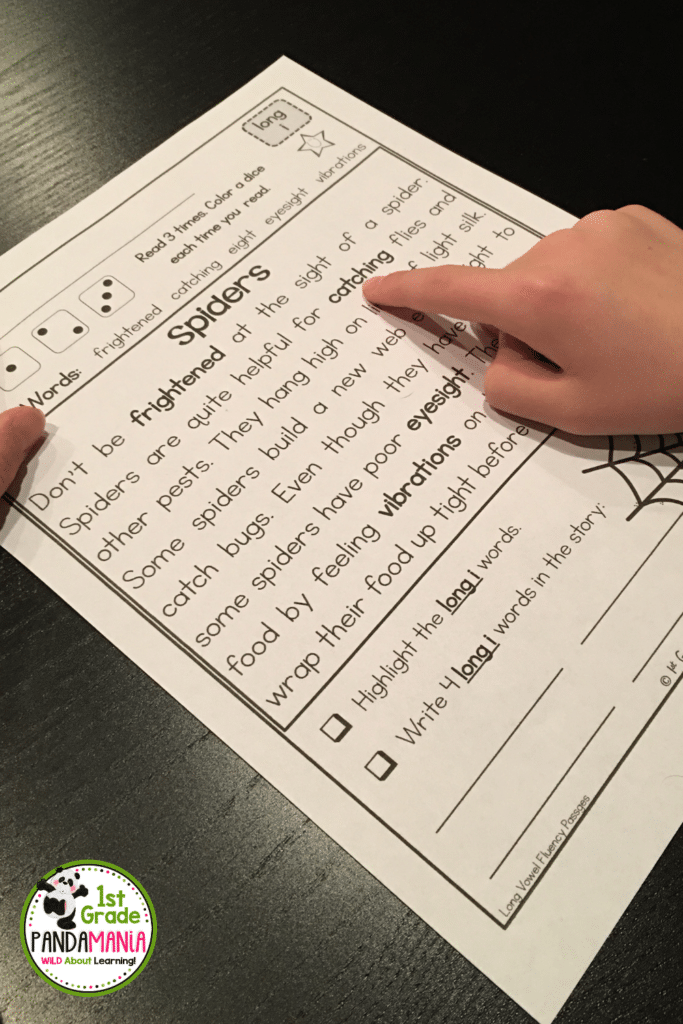
- Use the fluency passages (shown in #2) to have students highlight or underline phrases.
- Read poems together and model fluent phrase reading. We have a new poem posted on the wall each week that we read together daily. Sometimes they are poems in the form of songs. Students love this and remind me to do the poem before carpet time if I forget!
- Read and re-read rhyming books such as Dr. Seuss’s books.
- Model, model, model different activities for fluency, and praise fluent phrase reading!

Timed Readings
Not all students have that sense of urgency when they are reading and tend to plug along word by word, even when they are capable of more fluent reading. One way to get them to increase their fluency or rate of speed when reading is to do repeated timed readings. They read 2-4 times with repeated one-minute timings, increasing the amount of text read with each timing. I use a small kitchen timer during small groups and encourage parents to do the same at home. Most parents have a timer or stopwatch on their phones that they use. An inexpensive digital one like this is perfect.
I also train my students to time each other during partner reading time using inexpensive one-minute sand timers to help build oral reading fluency.

Training them with your expectations is essential or else the sand timers become a toy. 🙂
Let me know your thoughts about these oral reading fluency activities!
Thanks for stopping by!
-
Product on saleHMH Into Reading Sight Words and Spelling Homework 1st Grade 2020Original price was: $4.00.$2.00Current price is: $2.00.
-
Product on saleChristmas Activities for the Classroom BIG Bundle (1st and 2nd Grades)Original price was: $18.45.$12.91Current price is: $12.91.
-
Product on saleHMH Into Reading Spelling, Sight Words, Vocabulary BUNDLEOriginal price was: $62.20.$49.95Current price is: $49.95.
-
Product on saleHMH Into Reading Challenge and Regular Spelling Lists BUNDLE 1st Gr. 2020Original price was: $7.00.$5.60Current price is: $5.60.
-
Product on saleLong Vowel Worksheets Phonics Activities BUNDLEOriginal price was: $17.00.$15.00Current price is: $15.00.
-
Product on saleShort Vowel Worksheets Phonics Activities BUNDLEOriginal price was: $24.00.$19.95Current price is: $19.95.
-
Product on saleFluency and Comprehension Passages with Long and Short Vowels BUNDLEOriginal price was: $9.00.$7.50Current price is: $7.50.
-
Product on saleGuided Reading Lesson Plan Template and Resources K-2 Fillable FormsOriginal price was: $30.00.$10.95Current price is: $10.95.




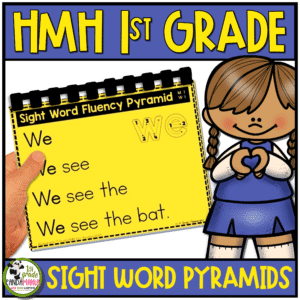
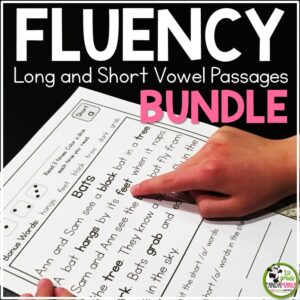
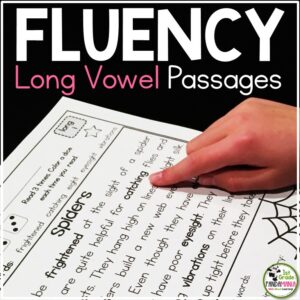
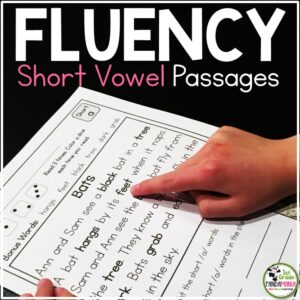
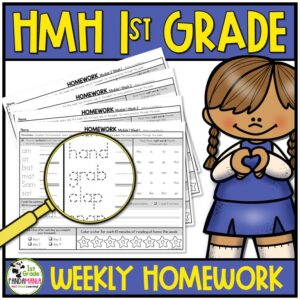

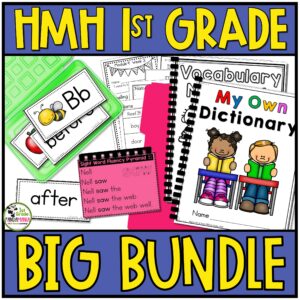
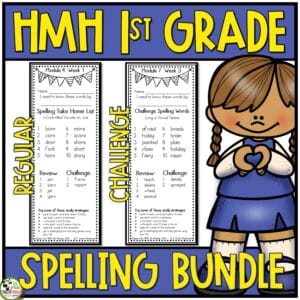
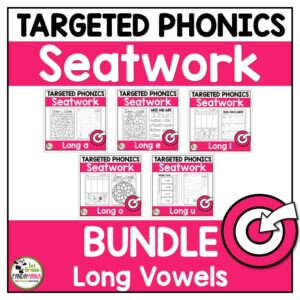
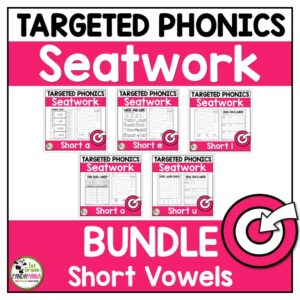
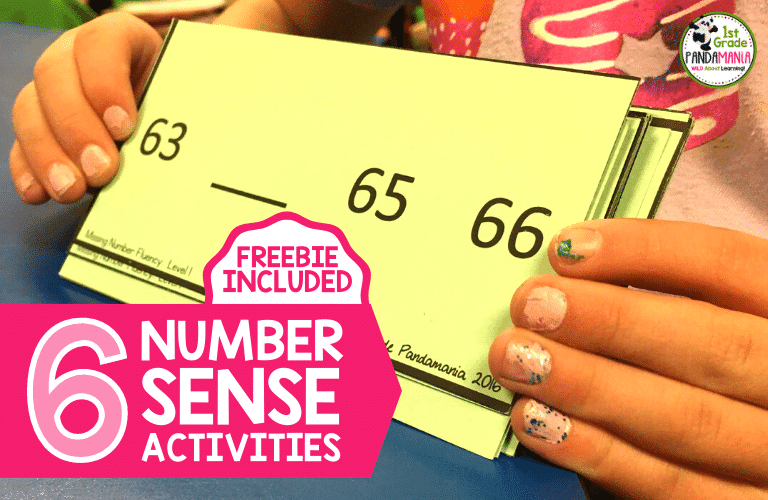
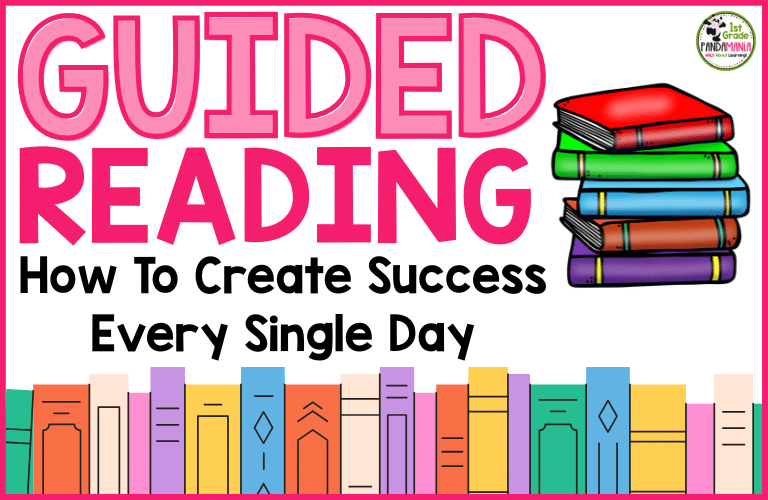
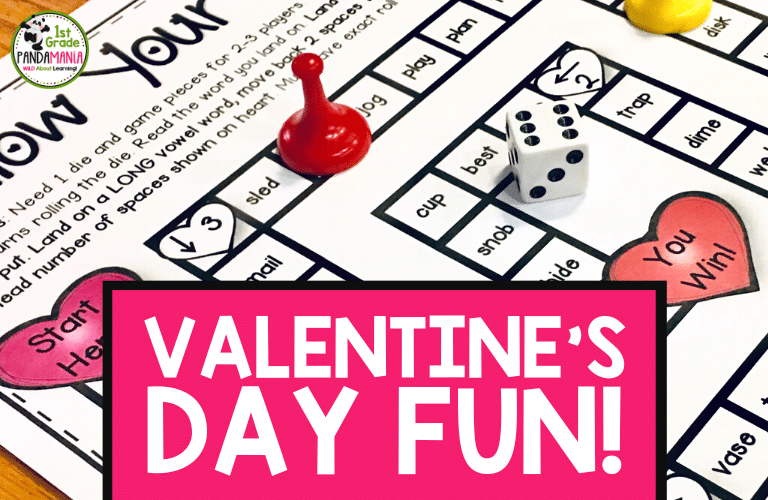
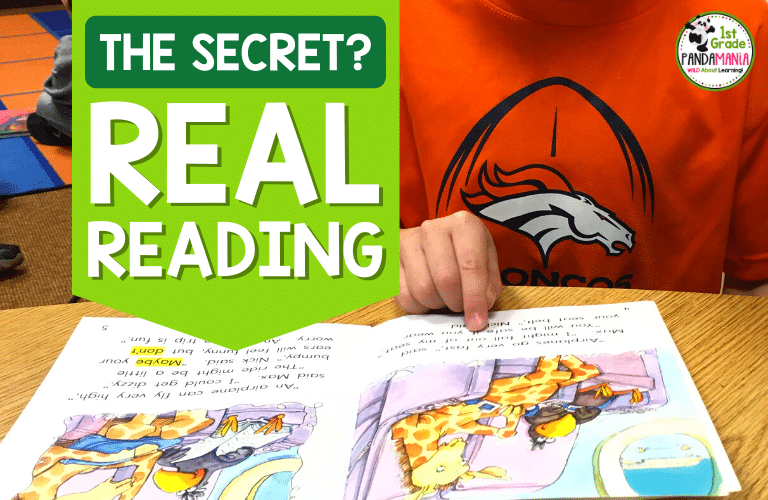

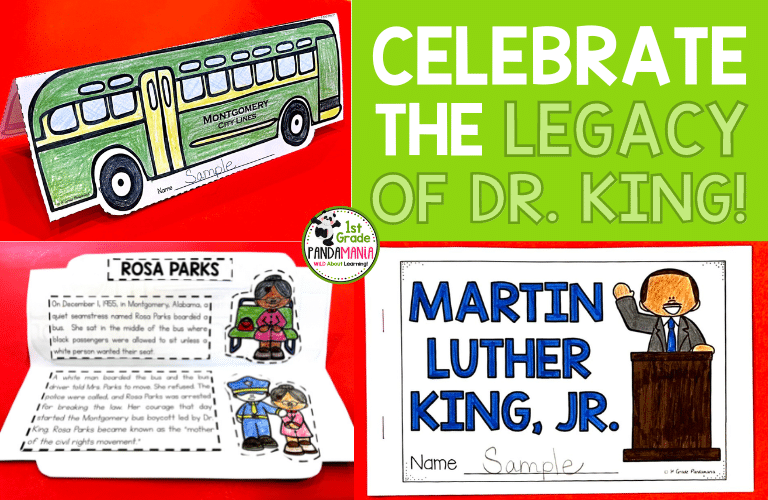
Hi Joyce–i am looking forward to implementing your guided reading strategies to my middle school sped students during reading lab. Sadly, many of them are reading at the 1-3 grade level. I think your methods will generate student engagement. I will keep you updated. Thank you ~ Shari